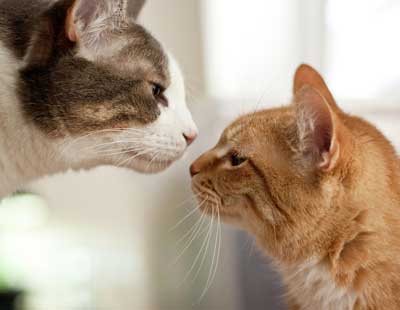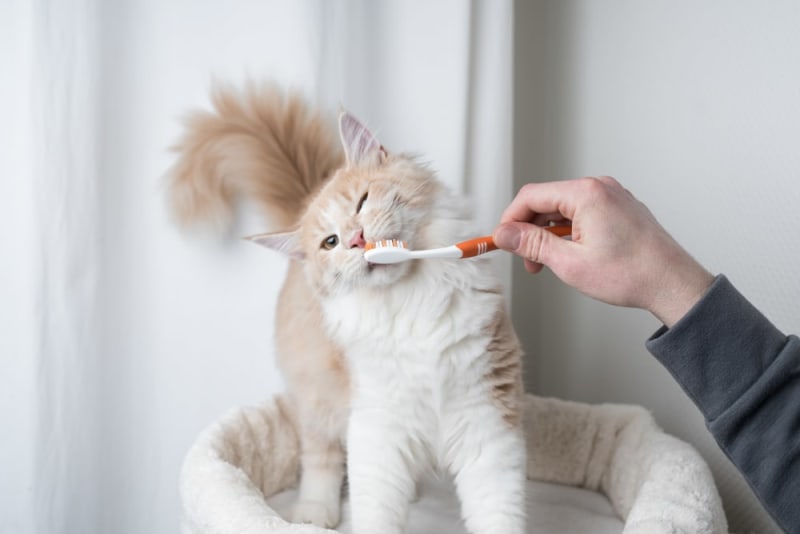Written by Rene Knapp, long time TICA member and dedicated cat lover.
Understanding Cat Body Language
Cats communicate a lot through their body language. Their posture, tail position, and ears can reveal emotions ranging from contentment to fear.
- Tail up and relaxed: Indicates a friendly, happy cat.
- Flattened ears and arched back: Suggests fear or aggression.
- Purring: Often signals contentment, though sometimes used for self-soothing.
Vocalizations and Their Meanings
Cats are vocal creatures, and their sounds often correspond to specific messages. Understanding these sounds can enhance your bond with your cat.
Common Cat Sounds
- Meow: Generally used to communicate with humans—can mean anything from “feed me” to “pay attention to me.”
- Hiss: A clear sign of fear or a warning to stay away.
- Chirping or Trilling: Often used when a cat is excited or greeting someone they like.
How Cats Use Scent to Communicate
Cats use scent marking as a way to establish territory, communicate with other cats, and bond with humans.
Rubbing their face on furniture or your legs is a way of depositing pheromones that signify comfort and familiarity.
Interpreting Cat Behavior
Sudden changes in behavior might signal health issues or stress. It’s important to pay attention to context and consistency.
Signs to Watch For
- Excessive grooming or hiding
- Sudden aggression
- Litter box avoidance
Building a Strong Bond Through Communication
By observing your cat’s cues and responding with understanding and care, you can strengthen your relationship and provide a more enriching environment for your feline friend.






















































































